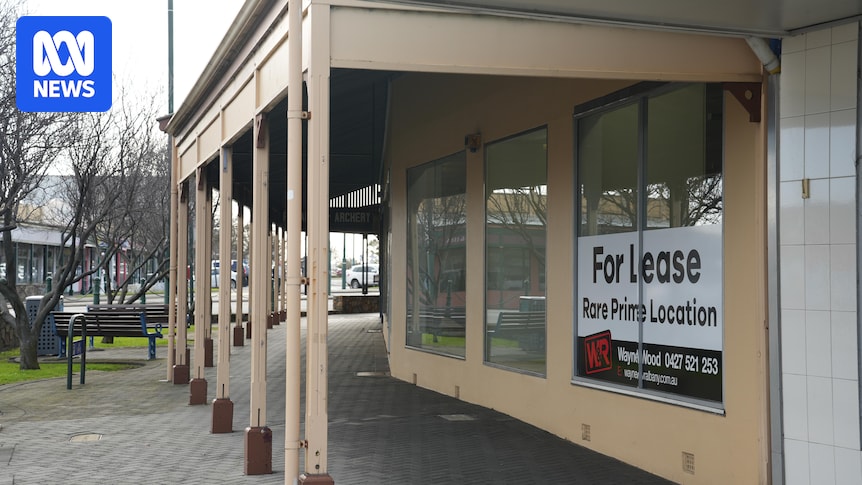
The main streets of Bunbury and Albany, two of Western Australia’s largest regional cities, once thrived with bustling activity. Today, they face a starkly different reality, with empty shops lining the streets as local retailers grapple with the challenges posed by online markets and rising living costs. The situation has sparked a call to action from locals eager to rejuvenate their city centers and restore their former vibrancy.
Retailers across Australia are struggling to compete in an increasingly digital marketplace. In Bunbury, located 170 kilometers south of Perth, the largest regional city in WA, businesses have not been spared from the downturn. Former restaurateur Calum Murphy, who closed his burger shop in 2023 after just two years, reflects on the difficulties faced by local entrepreneurs.
“The price of rent in town is really high at the moment,” Murphy said. “And everything from food to energy all started to go up after the pandemic.”
Challenges Facing Bunbury and Albany
Bunbury’s central business district (CBD) is particularly struggling as more businesses relocate to suburban shopping centers. Meanwhile, 330 kilometers further south in Albany, the sight of empty shops and “for lease” signs has become all too common. Vivian Cann, a jeweler in Albany, is retiring after over 20 years in business, citing the tough retail environment as a significant factor in her decision.
“Retail has been hard,” Cann said. “People don’t have the time to go shopping when they’ve got kids and school, and they’re working full time. And the cost of living has had a huge impact.”
Local business owners are concerned about the future of their city centers. In Bunbury, Genevieve Mardon, who closed her clothing store after two years, recalls a time when the city was thriving and bustling with activity.
“People just don’t come into the CBD anymore like they used to,” Mardon said. “We want to make Bunbury cool again.”
Learning from Other Cities
Inspiration for revitalization efforts might be found in Geraldton, WA’s second-largest regional city, which faced similar problems just six months ago. The city turned to the Town Team Movement, a social enterprise promoting active citizenship and community-driven development. Julian Canny, a spokesperson for the movement, shared insights on how Geraldton managed to turn things around.
“We had pavement art that went onto arcades that have been needing a bit of love,” Canny said. “We had kids cutting up stickers and putting them all over the [empty] windows.”
These simple initiatives have sparked a renewed interest in the city, with new retailers and hospitality venues emerging. Canny encourages other regions to explore similar grassroots initiatives.
“Who is already doing great things? And how do we build on their stuff? From there it just slowly snowballs and grows,” he said.
The Path Forward for Bunbury and Albany
Back in Bunbury, there is optimism that tourism and hospitality could be the key to revitalizing the city center. Sean McKeown, head of the Bunbury Geographe Chamber of Commerce and Industry, believes new opportunities could provide the necessary spark.
“Every city center, every area, has a chance to reinvent itself,” McKeown said. “There are plans for a bigger hotel in town … and we have seen recently new owners for one of the hotels bringing in live music and entertainment.”
As Bunbury and Albany look to the future, the challenge remains to balance the allure of suburban convenience with the unique charm and potential of their historic city centers. The coming months will be crucial in determining whether these regional hubs can successfully reinvent themselves and thrive once more.







